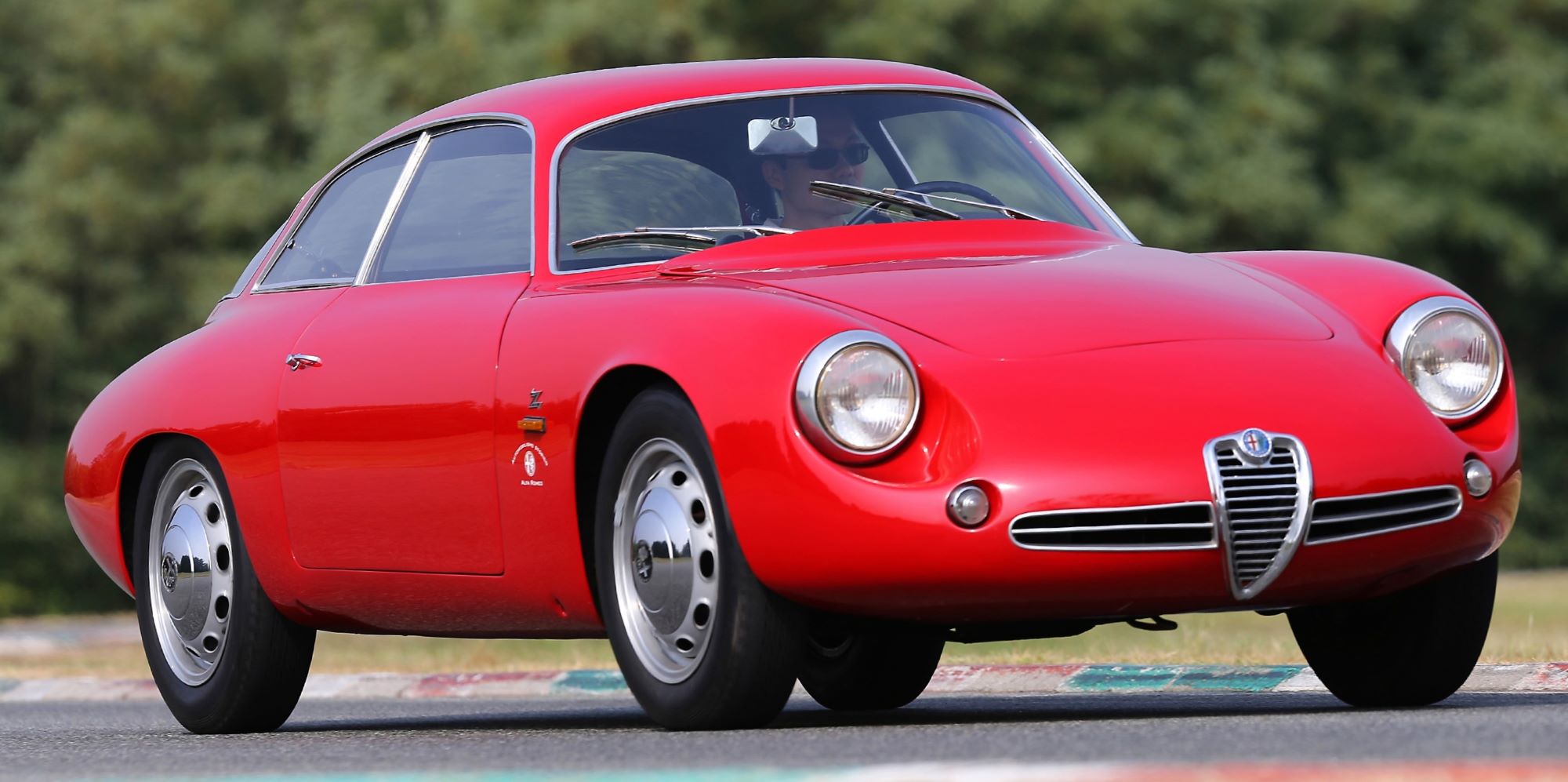
1960 Alfa Romeo Giulietta SZ
The slogan “The family sedan that wins races” had been coined for the Alfa Romeo 1900. The Giulietta – which made its debut in 1955 – continued this tradition by completely dominating the Tourism catalogue, but there was a gap in the GT category, where the brand did not have a winning car. Carriage-builder and driver Elio Zagato came to the rescue by building the lightweight, aerodynamic, successful Giulietta SZ.
In the late Fifties, Giulietta family was quite numerous, with the sedan, also in sporty T.I. version, and, also with two power levels, the Pininfarina Spider and Spider Veloce convertibles and the Bertone Sprint and Sprint Veloce coupés.
But the Giulietta Sprint Veloce cars were not as successful in the GT class as their T.I. sisters in Tourist class racing: the cars were powerful and reliable, but they were penalised in relation to their competitors above all by their weight. Purely by lucky chance, a Milan driver, Massimo Leto di Priolo, damaged his Giulietta Sprint Speciale in a race and decided to have it rebuilt by carriage-builder Elio Zagato, well known in the racing world for his original, lightweight aluminium bodies which made his creations hard to beat.
Zagato adopted his usual “egg-shaped” lines, rounding the corners to improve the aerodynamics and the result was a winner: Leto di Priolo drove to victory at Monza in the 1956 Coppa Intereuropa in the original Giulietta Sprint Veloce with bodywork by Zagato. Taking note of that result, other gentlemen drivers turned to the Milan carriage-builder, who started to “remodel” the bodies even of new, undamaged Sprint Veloce cars to produce what started to be known as the Giulietta Sprint Zagato.
Alfa Romeo was interested in commissioning Zagato to develop the new sports coupé, but at the same time Bertone insisted his contract should be honoured and came up with a new sheet steel version: however, the very beautiful SS styled by Scaglione was very expensive to produce. By bringing this factor into play, Alfa was able to please everyone: carriage-builders, gentlemen drivers and dealers. It allowed Bertone to build the Sprint Speciale special edition but with steel bodywork, while supplying Zagato with “bare” chassis for a more efficient, less costly transformation process. This enabled Alfa to add two gems to its range: the original Giulietta SS and the race-winning Giulietta SZ.
The Giulietta Sprint Zagato made its official debut at the 1960 Geneva International Motor Show. Visitors loved its details: the sophisticated aerodynamics with absolutely no sharp corners, the weight reduction even in the minimal handles, and the state-of-the-art mechanicals with three-jaw drum brakes.
Another “unexpected” racing win triggered the development of the SZ second series: in 1961, at Monza, driver Francesco De Leonibus managed to reach an incredible top speed (222.22 km/h) in one of the first Giulietta SZ cars, which had had its bodywork rebuilt, again after an accident, by Turin firm Michelotti. “His” SZ had a longer, more tapered line and since aids such as wind tunnels were not available, Zagato immediately got to work by trial and error to improve the aerodynamics of the Giulietta SZ.
He redesigned the bodywork, lengthening the nose and tail and also modifying the roof, and for even greater aerodynamic efficiency he decided to “cut off” the car’s tail, implementing the theories of Germany aerodynamics engineer Wunibald Kamm. In the absence of a wind tunnel, to find the most effective aerodynamic configuration he personally performed a series of tests on the motorway, using the milestones as references and with loyal designer Ercole Spada sitting on his right as time-keeper.
As well as being a greatly respected carriage-builder, Zagato was also a talented gentleman driver, and he entered a car with the new aerodynamic configuration in the 1961 GT Grand Prix at Monza, winning the race. Behind him in second place was Consalvo Sanesi, also driving a Giulietta SZ. This was the baptism of fire of the SZ second series, known as the “Kamm tail”. The improvement in performance was impressive, with top speed increased from the 189 km/h of the version with short round tail to 200 km/h. A very small proportion of the merit must also go to the obsessive search for weight reduction: in spite of the longer boot, the kerb weight fell from 854 kg for the first series to 840 kg for the second. In the last 30 cars built, the iconic three-jaw drum brakes were replaced by the more modern Girling disk brakes.
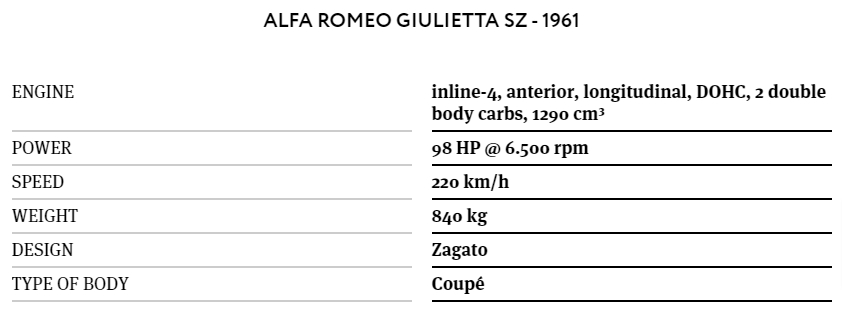
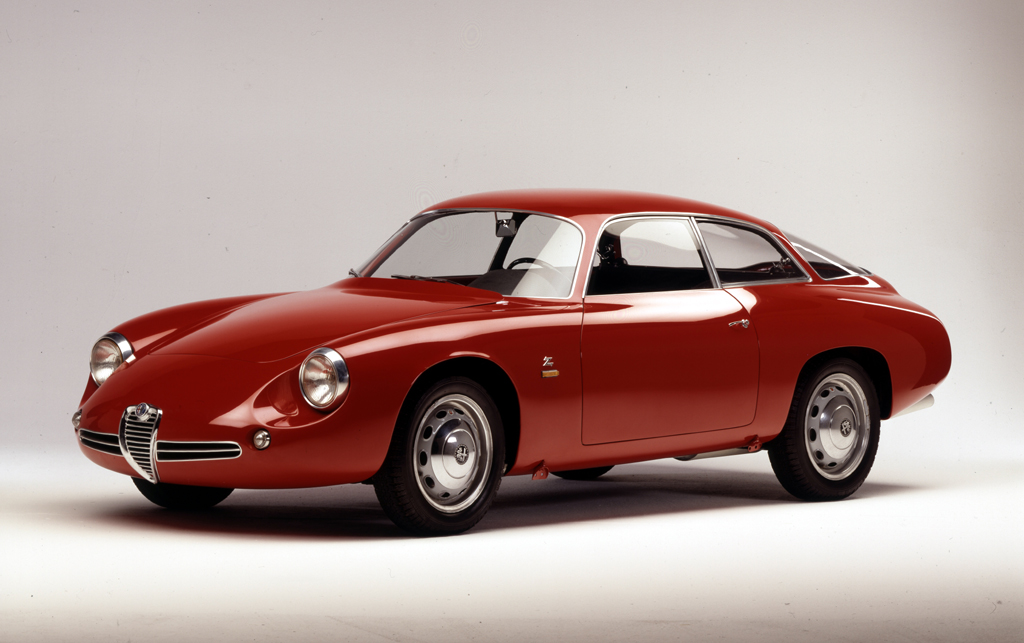
Giulietta SZ Coda Tronca (1960)
The Alfa Romeo Giulietta SZ (Sprint Zagato) is one of the most performance-oriented versions of the original Giulietta, as well as the rarest – only 30 were ever built in Coda Tronca (stub-tail) guise. It is capable of reaching 200km/h (124mph) – an astonishing speed when you consider it was powered by a little 1.3 litre engine. However, this was Alfa Romeo’s legendary twin-cam 1.3-litre which produced 100hp and which, when combined with the aluminium, aerodynamic Zagato body and ultra-low 740kg weight, resulted in impressive performance and handling, making it a favourite car for gentlemen drivers in the 1960s.
Engine: 4 cylinders in line, 1,290 cc, twin camshaft
Power: 100hp at 6,500 rpm
Top speed: 124mph
Bodywork: Zagato

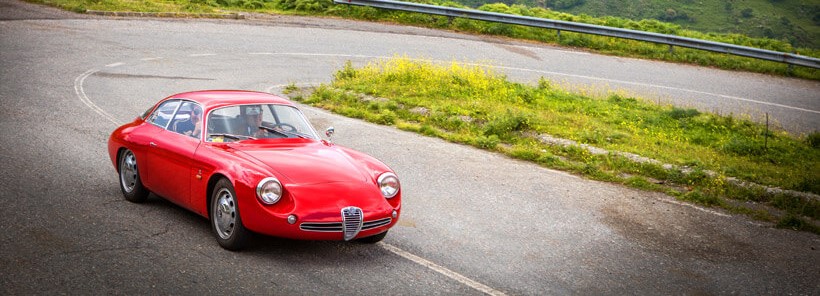


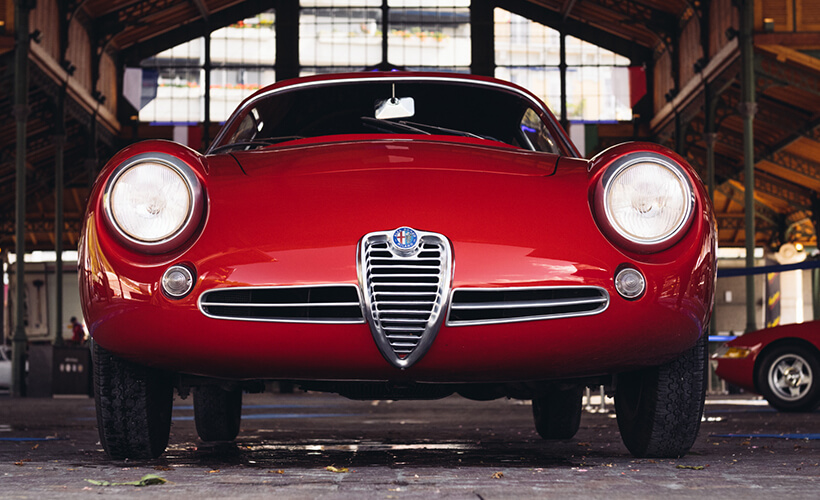
You must be logged in to post a comment.